How best to close up for the season?
summerstripes
14 years ago
Related Stories

FARM YOUR YARD9 Ways to Change Up Your Vegetable Garden for the Coming Season
Try something new for edible plantings that are more productive than ever
Full Story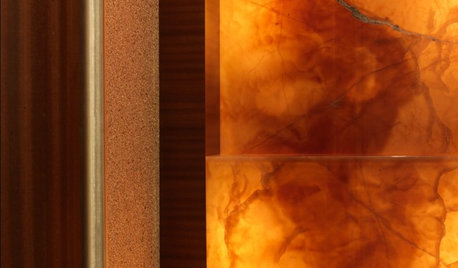
DECORATING GUIDESI'm Ready for My Close-Up: Beautiful Building Materials
Look closely, and soak up the beauty in some favorite details of fine home design
Full Story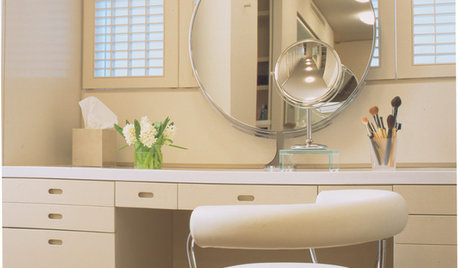
BATHROOM DESIGNLittle Luxuries: Get Ready for Your Close-up With Lighted Mirrors
Get a better view applying makeup, shaving or dressing, with mirrors that put light right where you need it
Full Story
DECORATING GUIDESUp Close: DIY Salvaged-Wood Wall
See how designer Garrison Hullinger made this unique wood wall covering
Full Story
FURNITUREMust-Know Furniture: Get Close With a Tête-à-Tête
This classic French seat solves furniture configuration dilemmas — and is perfect for conversation
Full Story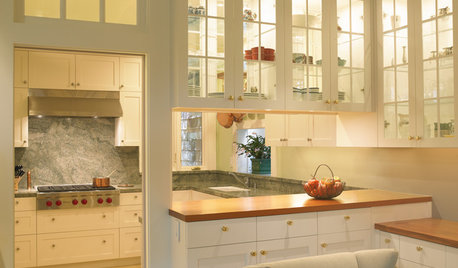
KITCHEN DESIGNHave Your Open Kitchen and Close It Off Too
Get the best of both worlds with a kitchen that can hide or be in plain sight, thanks to doors, curtains and savvy design
Full Story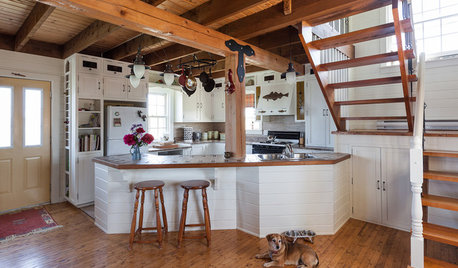
KITCHEN DESIGNOpen vs. Closed Kitchens — Which Style Works Best for You?
Get the kitchen layout that's right for you with this advice from 3 experts
Full Story
Dress Up Your Hearth for Fireplace Season
The right screen and accessories add the finishing touches to a cozy night by the fire
Full Story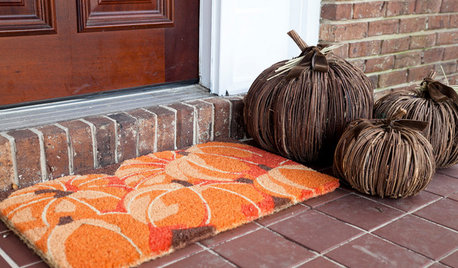
SHOP HOUZZShop Houzz: Save up to 40% on Seasonal Doorway Decor
Welcome guests with doormats, wreaths, planters and more on sale through September 27, 2015
Full Story0
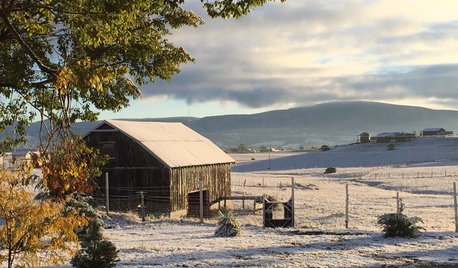
LIFECozy Up to Winter Scenes Across the U.S. and Beyond
Houzz readers share their views of the season
Full Story





sb158
homertherat
Related Professionals
Surprise Landscape Architects & Landscape Designers · Eden Prairie Landscape Architects & Landscape Designers · Alamo Landscape Contractors · Coeur d'Alene Landscape Contractors · College Park Landscape Contractors · Dixon Landscape Contractors · Edinburg Landscape Contractors · Midland Landscape Contractors · Snoqualmie Landscape Contractors · Vashon Landscape Contractors · Lauderdale Lakes Landscape Contractors · Cherry Hill Fence Contractors · Sioux City Fence Contractors · Verona Fence Contractors · Lomita Fence Contractorsjbest123
summerstripesOriginal Author